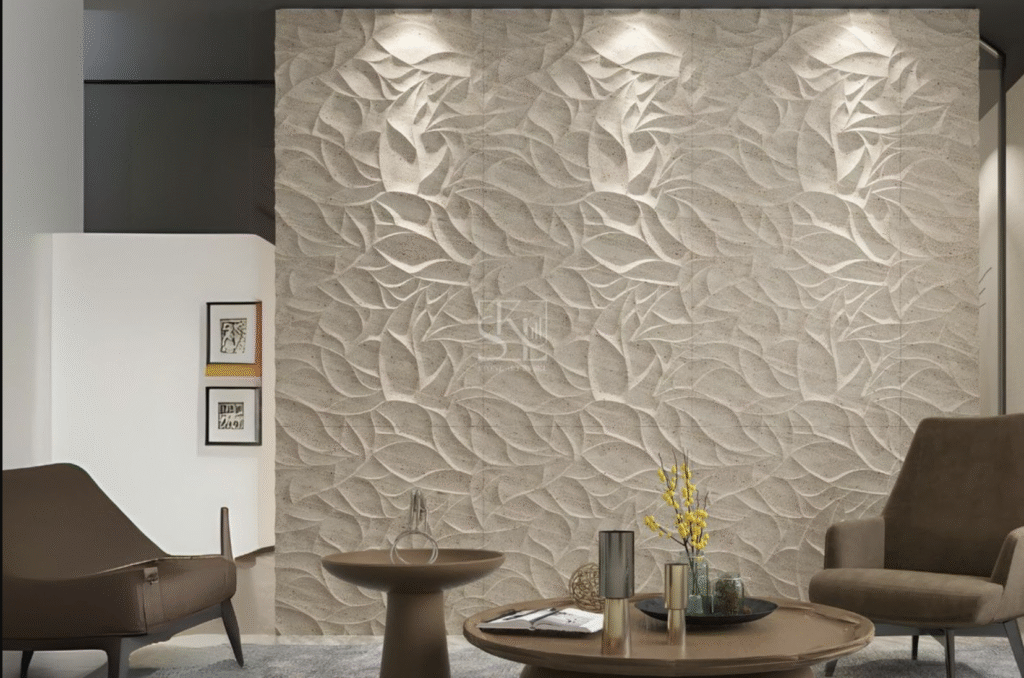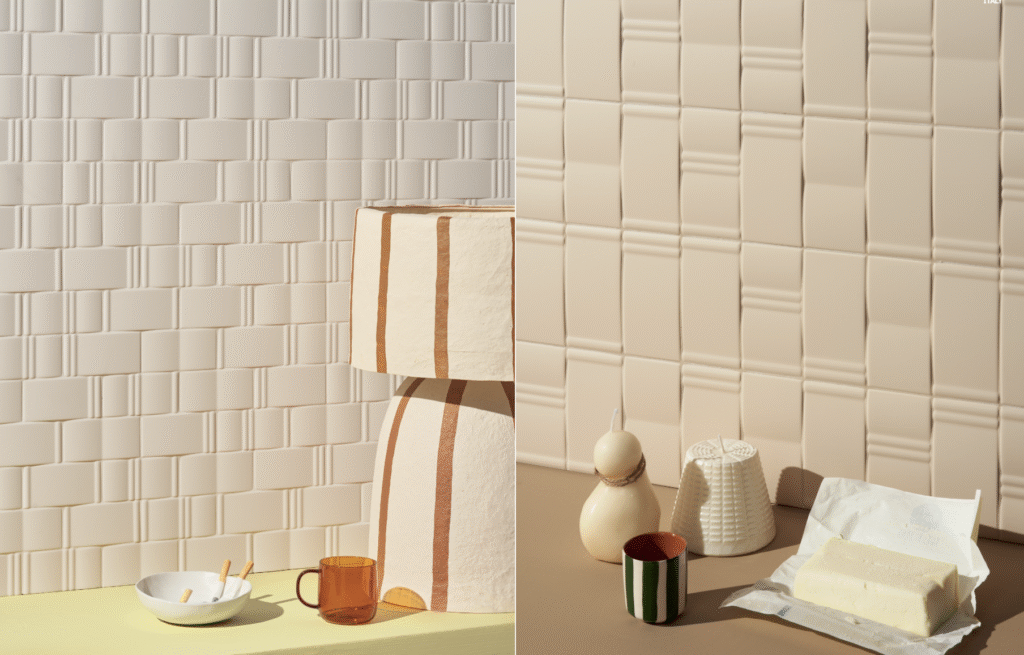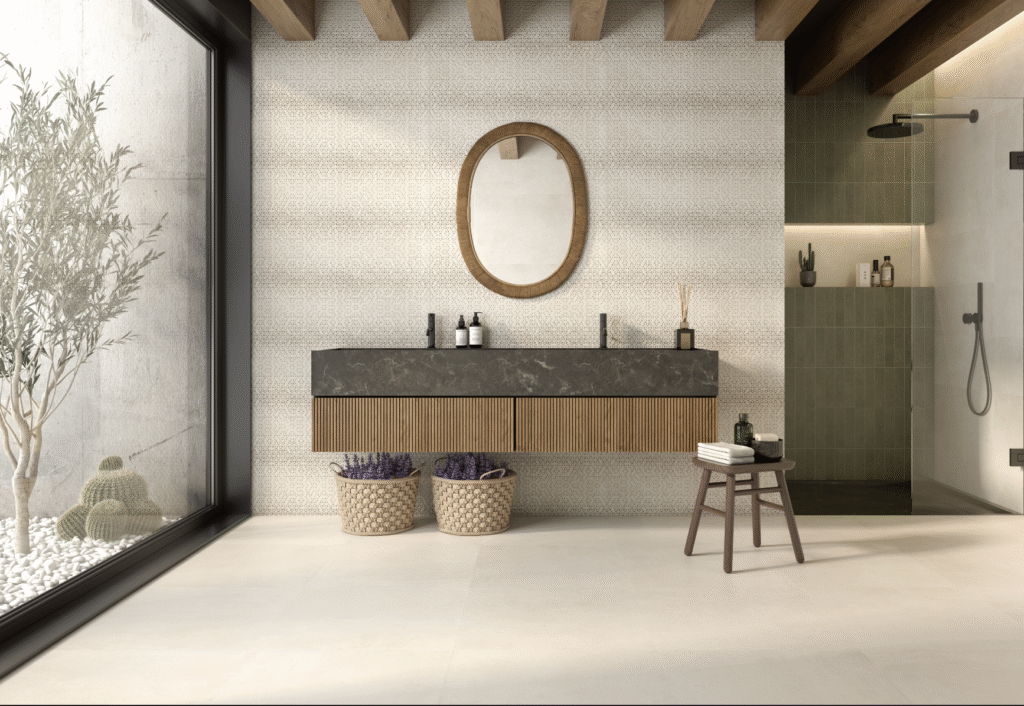Walk into any well-designed home and you’ll notice something about the walls, they aren’t just flat surfaces anymore. They have depth, texture, and a personality of their own. That’s what wall cladding does. It dresses a wall the way fabric shapes a suit: it adds protection, style, and structure all at once.
If you’ve been thinking about giving your home a lift, choosing the right wall cladding tiles is a great place to start. The right texture or pattern can make your space look warmer, cleaner, or more architectural, depending on what you pick.
1. Understanding What Wall Cladding Actually Is

Cladding isn’t just another tile. It’s a layer that protects your walls from damage while making them look beautiful.
Regular tiles are mostly decorative; they’re thinner and meant for interiors. Cladding, on the other hand, is stronger, more weather-resistant, and adds insulation too.
People often use it for facades, balconies, terrace walls, and feature walls inside. In Gurgaon and similar cities where weather swings between extremes, exterior wall cladding tiles are used to keep moisture and heat at bay while giving the home a premium finish.
2. Picking the Right Material and Finish

Different cladding materials tell different stories.
Natural Stone
Stone never pretends, and it’s genuine and timeless. Granite, slate, and travertine are popular because they hold up well and age beautifully.
- Granite is tough, perfect for outside walls that take a beating.
- Slate gives that raw, textured feel, perfect for earthy, grounded designs.
- Travertine is softer in tone, great for warm, inviting spaces.
Stone does cost more and needs sealing every few years, but it’s worth it. Once installed, it rarely goes out of style.
Porcelain and Ceramic
Porcelain cladding is the middle ground between beauty and practicality. It’s lightweight, non-porous, and easy to clean. These tiles can mimic wood, concrete, or stone so well that you have to touch them to tell the difference.
3D Wall Cladding
If you want something modern, try 3D wall cladding tiles. The surface has patterns that catch light and shadow differently through the day. They’re perfect for living room highlights or exterior columns that deserve attention.
Choosing Finishes
Texture isn’t just about how it looks but about how it feels. Rough finishes are better outdoors; they add grip and hide dust. Smooth or matte finishes work best indoors, where light can play softly on the surface.
3. Matching Cladding with Your Home’s Look

Your cladding should complement the architecture, not fight with it.
If your home leans modern, stick to clean lines and neutral tones. Large-format porcelain tiles in shades of white, beige, or charcoal look sharp and contemporary.
For something more traditional, go with natural stone cladding tiles. They instantly bring warmth and a hand-crafted charm that works well with classic designs.
Small detail: the direction of installation changes how the wall feels. Horizontal placement makes walls look longer. Vertical layout draws the eye upward and makes a façade look taller.
If you need ideas, scroll through Houzz’s exterior cladding gallery. You’ll see how color, layout, and scale can change a building’s entire character.
4. A Few Technical Things You Should Know

Aesthetics matter, but so does performance.
Weight and Structure
Stone is heavy. Your wall should be able to handle it. If not, porcelain or ceramic is a better option as it’s lighter, but still strong.
Water and Slip Resistance
For exteriors, tiles should absorb as little water as possible. Always ask your supplier for the water absorption rate. For areas exposed to rain, check the slip rating too.
Temperature and Weather
Some materials expand or contract with heat and cold. Make sure your tile is rated for freeze-thaw or high-temperature zones, depending on where you live.
Installation System
Cladding can be fixed with adhesive, dry systems, or mechanical fasteners. The right method depends on your material and wall surface.
For a peek into how top architects handle façade systems, check real-world examples on ArchDaily’s project library. It’s full of clever detailing and material ideas.
5. Installation and Design Details
Cladding looks best when the layout feels intentional.
Plan your pattern before the first tile goes up. Pay attention to corners and window edges and that’s where most installations fall apart visually. Use trims or corner pieces that match the tile to keep the design neat.
Lighting also makes a huge difference. Directional lights grazing the wall can bring out texture and depth, especially on rough or 3D cladding.
6. Taking Care of It
Even low-maintenance walls need a little care.
- Use gentle cleaners, not acids or bleaches.
- Reseal natural stone every couple of years.
- Check joints occasionally, small cracks can let in moisture.
- Replace damaged tiles promptly instead of covering them up.
Luxury homes in Gurgaon often do an annual inspection to keep cladding in top shape. It’s simple prevention that saves money later.
7. Before You Buy—A Quick Checklist
A few questions to ask your supplier before you decide:
- Can this tile handle exterior conditions?
- How porous is it?
- What fixing system do you suggest?
- Do you offer trims and corner pieces?
Budget
Natural stone and premium porcelain fall on the higher end. Ceramic and composite tiles are more affordable yet durable enough for most homes.
Timeline
Imported tiles take longer to arrive, so plan early. Order about 10% extra for cutting and future replacements.
The Bottom Line
The right wall cladding tiles don’t just change how your home looks — they change how it feels. Stone adds permanence. Porcelain keeps things crisp. 3D designs add a layer of art.
It’s a design decision that’s equal parts beauty and performance.
When you’re ready to explore materials, browse Deceramica’s wall cladding range and their curated interior tile selection. You’ll find textures, finishes, and formats that can bring your ideas to life, from rugged outdoor façades to polished indoor statements.


